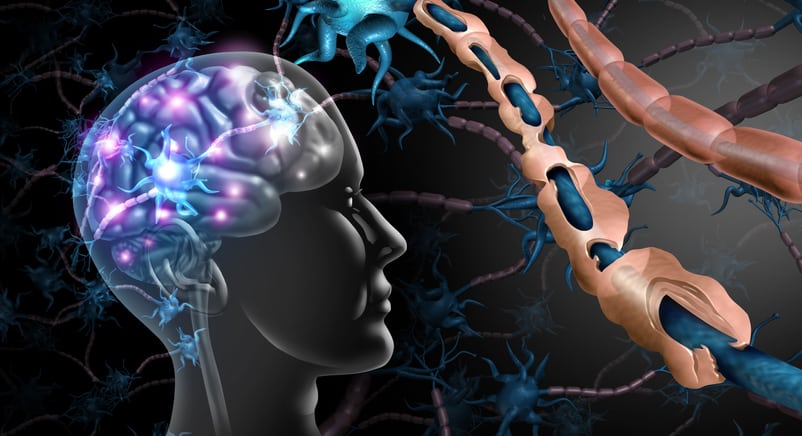Currently available data on the prescription practice among patients with major depressive disorder (MDD) reflect the outpatient setting. This is the first study to provide information on time trends of psychotropic drug utilization in psychiatric inpatients.
Data stems from German-speaking psychiatric hospitals collected by the program “Drug Safety in Psychiatry” (Arzneimittelsicherheit in der Psychiatrie, AMSP) between 2001 and 2017. 44,418 psychiatric inpatients with MDD were included. Time trends in drug utilization were analyzed by comparing the first (2001-2003) and last time point (2015-2017) using risk ratios (RR).
Antidepressant drugs (ADD) were the most used psychotropic drug class with utilization decreasing slightly from 2001-2003 (89.7%) to 2015-2017 (85.5%). Use of tricyclic ADDs showed the greatest decline (RR 0.35), while use of selective serotonin-noradrenaline reuptake inhibitors (RR 1.72) and “other ADDs” increased the most. Use of antipsychotic drugs (APD), especially second-generation antipsychotic drugs (RR 1.46), increased. Use of tranquilizing (RR 0.71) and hypnotic drugs (RR 0.43) both decreased. Most patients were treated with more than one psychotropic drug, most often ADD + APD, which was utilized more often in 2015-2017 (51.1%) than in 2001-2003 (45.1%; RR 1.13). Combination of two ADDs increased from 2001-2003 (24.5%) to 2015-2017 (33.0%; RR 1.35).
The cross-sectional design does not allow conclusions to be drawn about causal relationship of findings. Further, only certain clinical and sociodemographic data was available.
Treatment of MDD has shown significant changes from 2001 to 2017.
Copyright © 2020. Published by Elsevier B.V.
Time trends in pharmacological treatment of major depressive disorder: Results from the AMSP Pharmacovigilance Program from 2001-2017.


